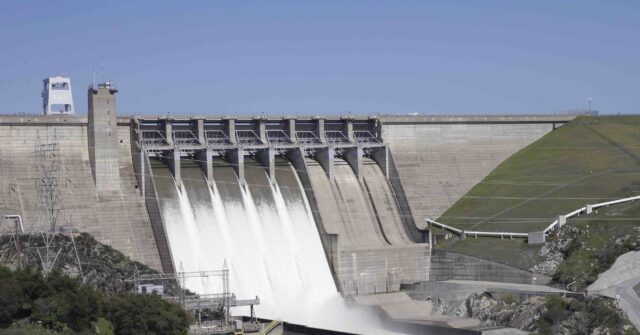The California Department of Water Resources (DWR) has recently announced a concerning forecast regarding water allocations for the upcoming year, allowing only 5% of the requested supplies to be allocated to various water agencies across the state. This decision comes amid rising fears about a hot summer and the potential resurgence of drought conditions as the state transitions into a drier winter season. Following a period of relatively abundant rainfall and snow during the past two winters, which saw a full allocation of water in 2023 and even led to the reemergence of historic Tulare Lake in the Central Valley, state officials are now preparing for the implications of changing climatic conditions.
The initial allocation forecast released by the DWR is the first for the new water year, based on current reservoir storage and conservative estimates regarding future precipitation. The 5% allocation is notably less than the 10% allocation made at the beginning of the previous water year, which subsequently increased to 40% by the end of the season. These percentages indicate a cautious approach from the DWR, reflecting uncertainty as the state grapples with potential weather patterns that could lead to a decrease in rainfall and increased heat.
For context, preceding the latest storms that delivered above-average precipitation to Northern California in late November, the water year’s start had been marked by dry and warm conditions. The DWR’s forecast likely does not account for the effects of these recent storms, which may improve the water supply situation. However, concerns linger as residents and officials alike prepare for what may turn into another challenging drought season, necessitating careful water management in the face of environmental unpredictability.
Critics of California’s water management policies highlight the notion that the state’s drought situations are “man-made.” They argue that California could mitigate water scarcity through enhanced water storage solutions, comprehensive desalination strategies, and prioritizing essential uses such as agricultural and residential water supply over environmental conservation efforts that lead to significant freshwater flows being diverted into the ocean for the sake of maintaining river ecology and protecting endangered species. This ongoing debate illustrates a complex intersection of environmental policy and water management practices that influences the lives of millions of Californians.
Additionally, this debate is compounded by the varying interests of public agencies that serve over 27 million Californians, drawing from the State Water Project (SWP) which supplies these water resources. As California navigates potential drought conditions characterized by fluctuating climates and unpredictable weather patterns, the DWR’s 5% initial allocation serves as a cautionary measure for agencies managing water supplies. The interplay between immediate water needs and long-term ecological considerations remains pivotal as stakeholders seek balanced solutions to ongoing challenges.
In light of these developments, voices from various media and political spectrums are being amplified, with commentators underscoring the potential consequences of inadequate water management on agriculture, urban areas, and the environment. The complexities and nuances surrounding California’s water crises continue to drive national discussions about resource management and sustainability strategies. As residents prepare for whatever the future might hold, the DWR and state officials will need to confront both natural and human-induced factors leading to water scarcity, seeking viable paths to secure the state’s water supply for the years to come.

